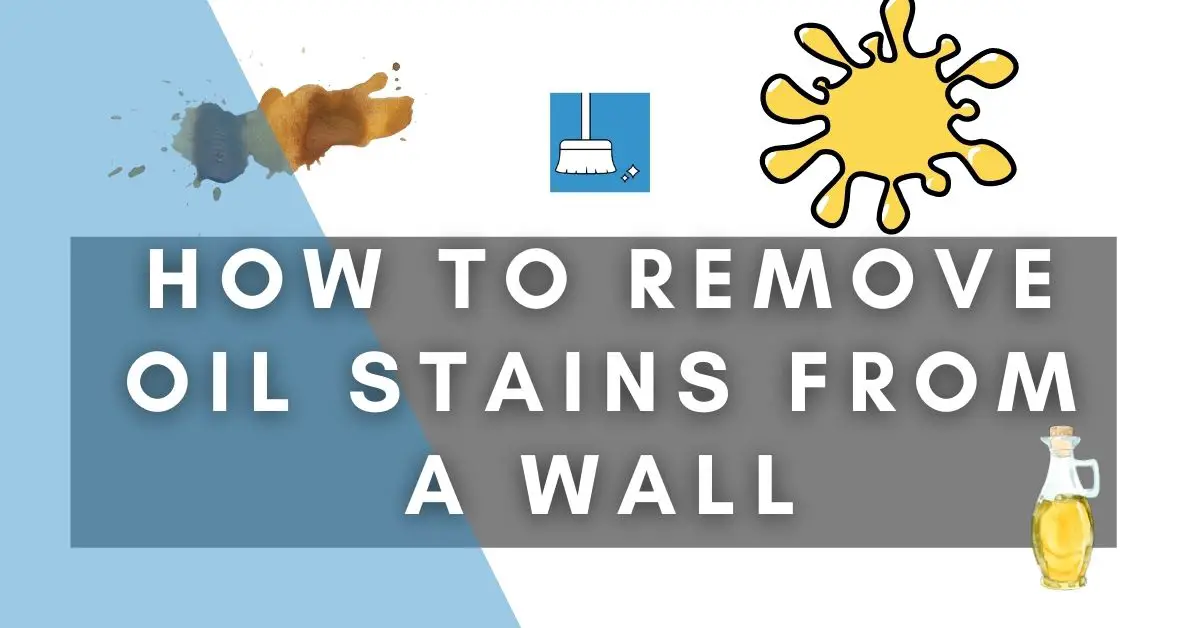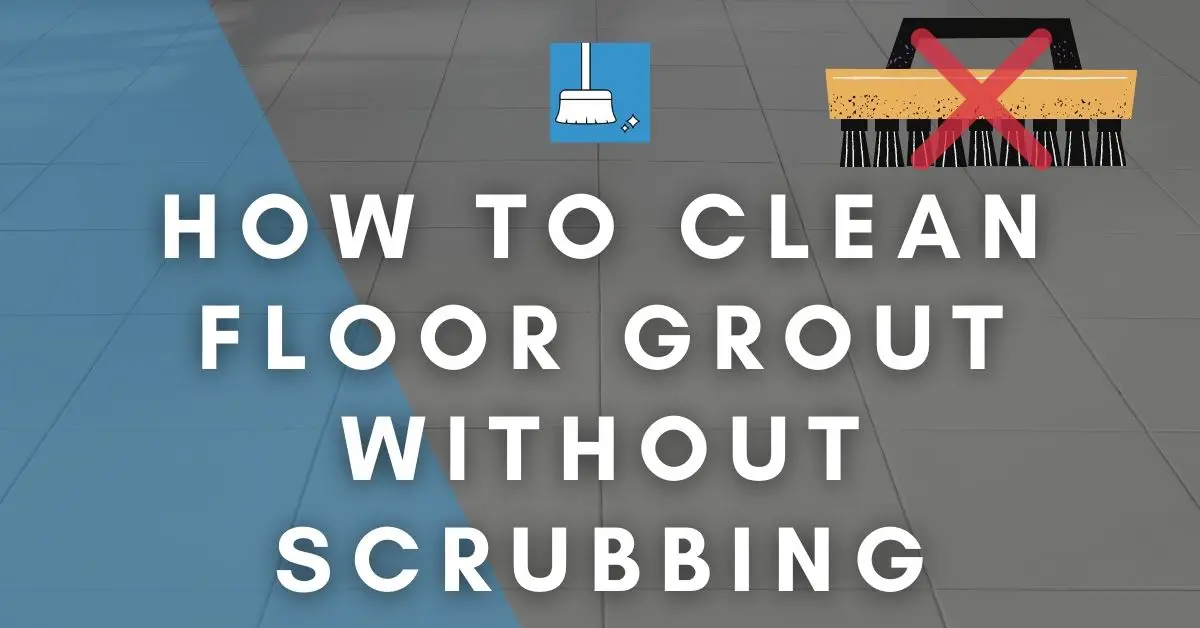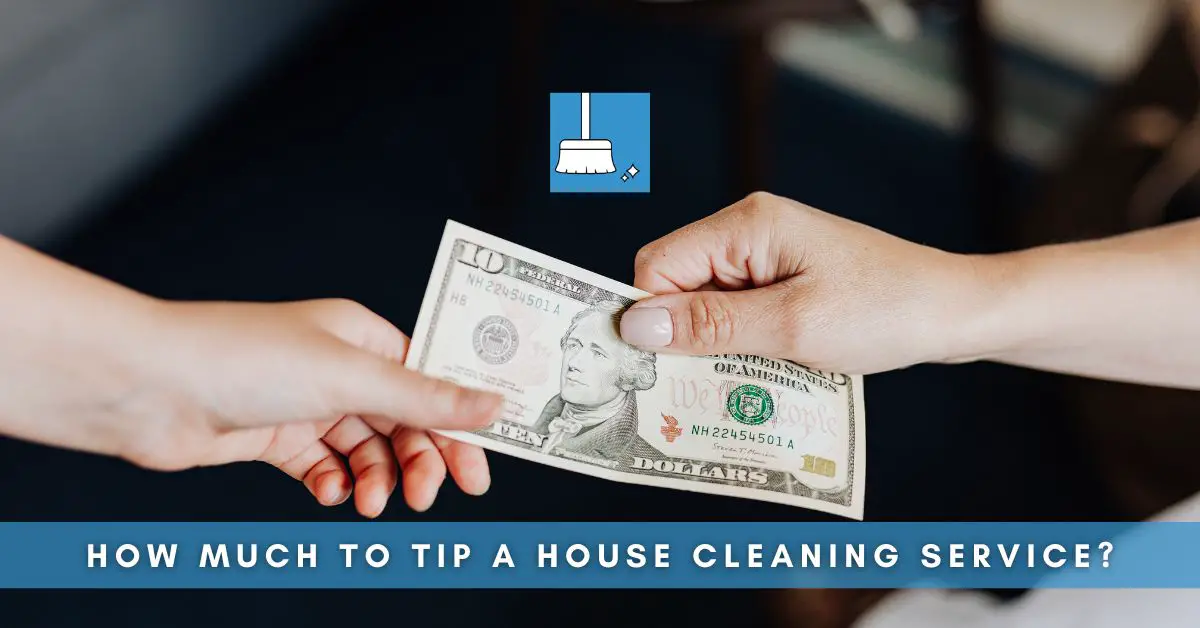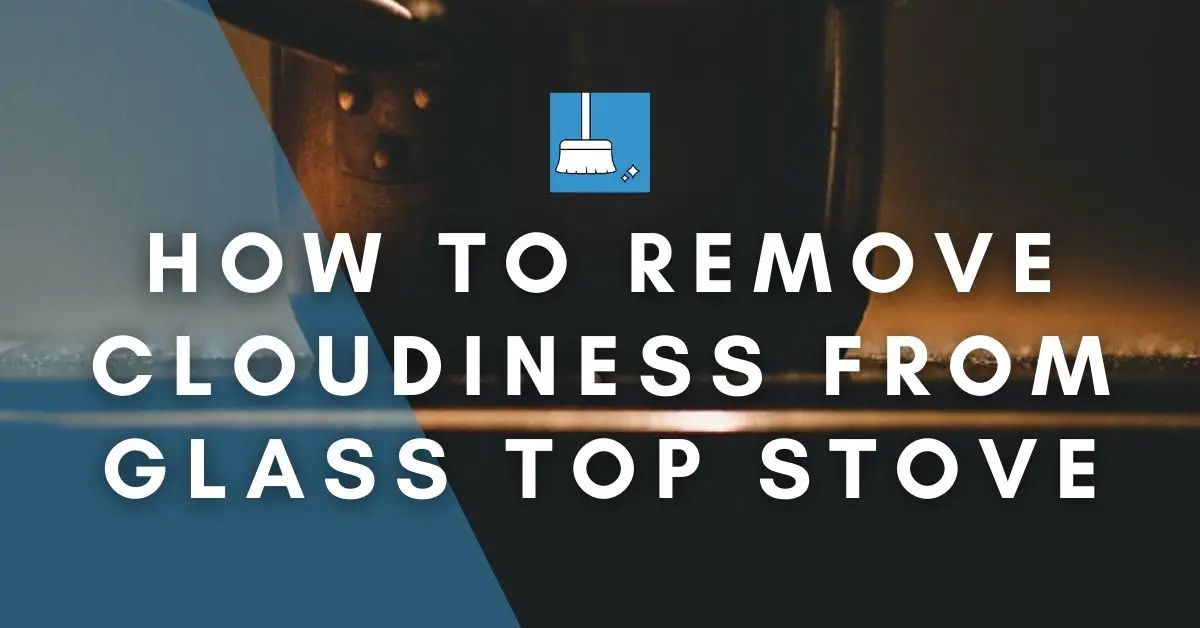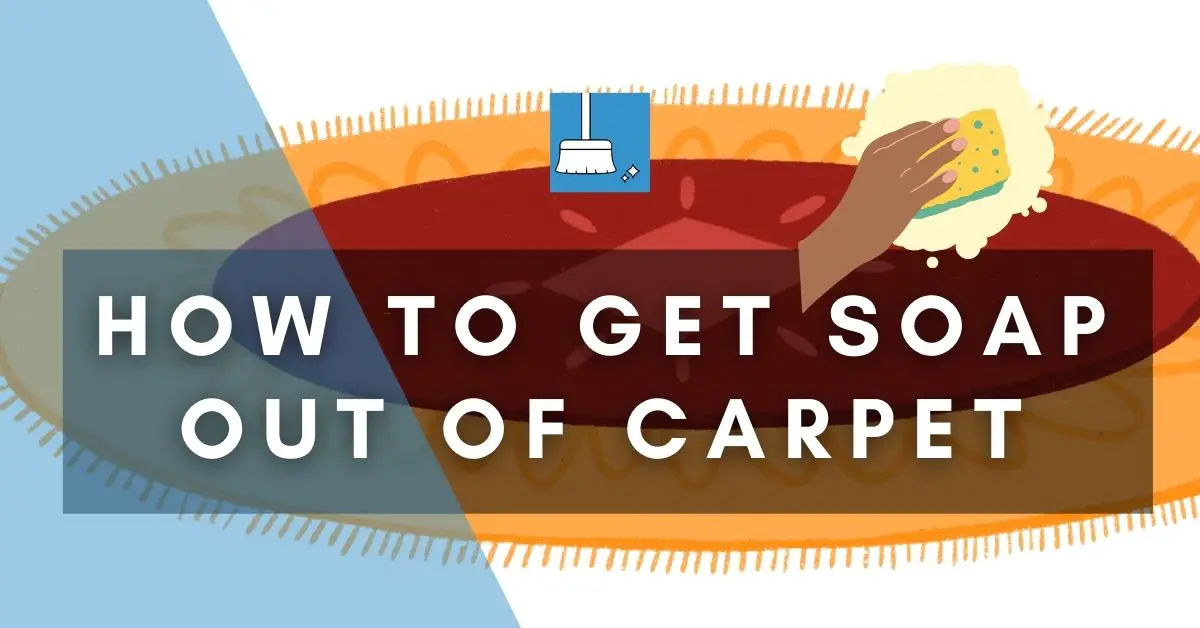So your wall has either accumulated oil with the passage of time if it is a kitchen wall or you accidentally spilled something over it. In any case, the stain has become pretty difficult to be ignored because it sticks out like a sore thumb, making the remaining portion of the wall look unpleasing.
Allow me to walk you through this guide on removing those sticky stains off your wall.
Bt first let’s see all the ways in which the stains can get onto your walls.
How Do Oil Stains Get on the Wall?
Oil stains are more common on the kitchen walls because of frequent oil splatters during cooking activities.
Grease from mechanical appliances in the home can also stain your wall in the living area.
Using oil-based products on your hair and resting the head on the wall can also contribute to the wall’s oil stains.
What Happens When You Leave Oil Stains on the Wall?
No matter how hard you try to avoid oil stains from getting on your wall, there will always be times when you cannot prevent it. When these stains appear on your wall, and you leave the stains unattended for a long time, here are the likely consequences of inaction.
– With time, the stains become difficult to clean off from the wall.- It results in discoloration of the wall and a dent in the appearance of the wall.
– The paint on the affected part may begin to fade and wear off, leaving the wall to look even uglier.
– Extra expenses that may arise from repainting.
Steps to Remove Oil from Your Wall
I am going to show you four different ways to get the job done. These are some essential items required to remove oil stains from the wall.
When attempting to remove oil stains from a wall, the first thing to determine is the kind of wall you are dealing with. In addition to this, the duration of the oil stain on the wall is also significant. After these, you can remove the stain without causing any damage to the wall and paint.
Here are some tested and effective DIY ways to remove oil stains from walls. The steps are easy and you do not have to spend a lot on the items needed to get the job done. Most of these items are readily available in the home.
Method 1: Cleaning With Baking soda
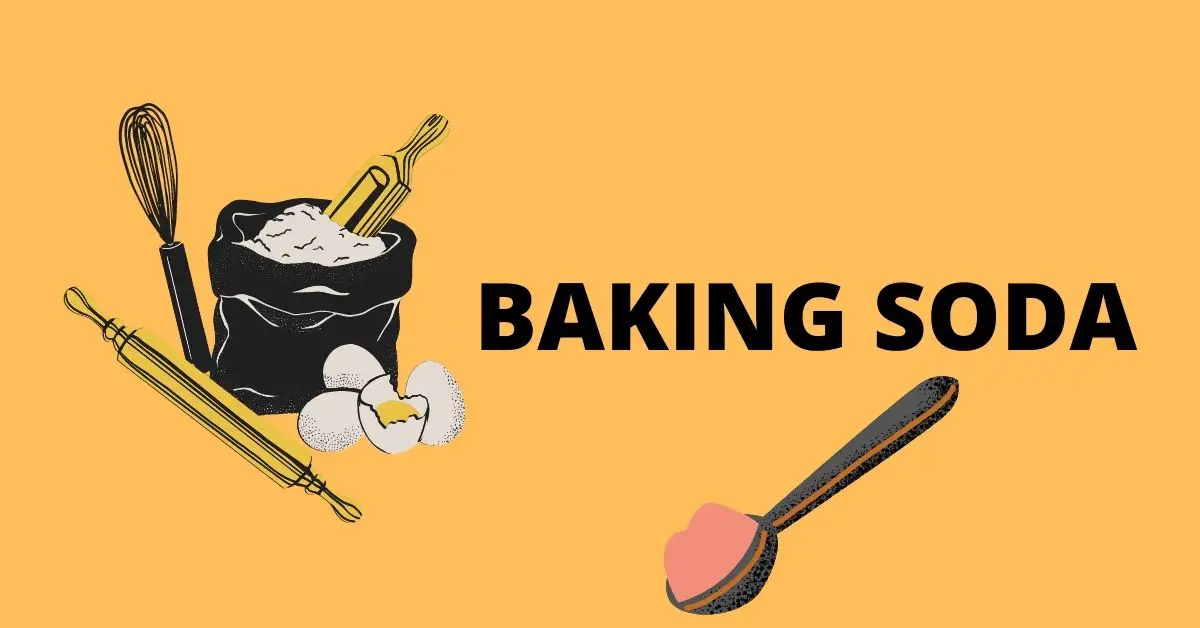
Baking soda happens to be one of those cooking ingredients that can serve multiple purposes. Baking soda is useful for cooking, and because of its alkaline nature, it is also a good cleaning product and deodorizer.
The primary property that makes baking soda suitable for cleaning is its abrasive property.
YOU’LL NEED
1- Baking Soda
2- Warm water
3- Bowl
4- Towel or Sponge
5- Brush
6- Rag
STEPS
Step 1: In a bowl, prepare a mixture of baking soda and warm water in a paste-like form.
Step 2: Using a brush or your hand, carefully apply the mixture to the stained section of the wall.
Step 3: After applying the mixture on the stained surface, proceed to use a piece of nonabrasive cleaning material or a sponge to rub the mixture properly on the stain and leave it for a few minutes to allow the mixture to penetrate the stain.
Step 4: Check to see if the stain has been completely removed; if not, repeat the process until the stain disappears.
Step 5: After the process is complete and the wall is restored to its former condition, use a clean rag to wipe down the wall to clean off baking soda residues.
Method 2: Cleaning With Dish Soap
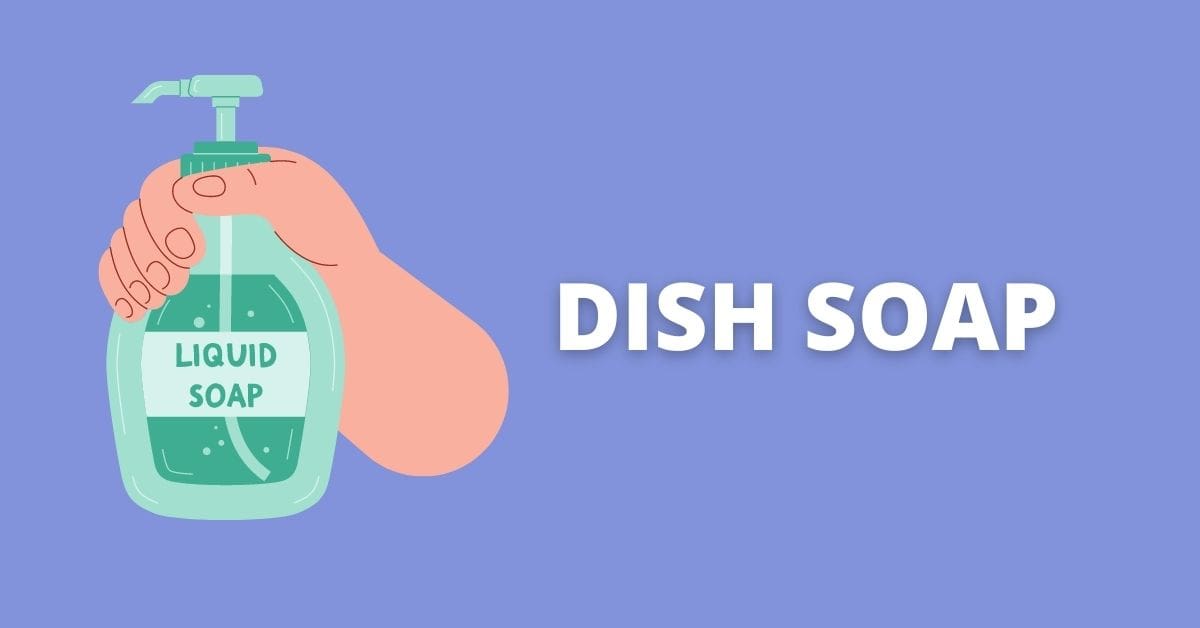
YOU’LL NEED
1- Dish soap
2- Warm Water
3- Rag
4- Sponge
STEPS
Step 1: Pour a good amount of dish soap into a bowl containing warm water. Ensure that the mixture is balanced to avoid poor results.
Step 2: Immerse a clean rag or sponge into the prepared mixture and rub the wall’s stained portion with it.
Step 3: Repeat the process until the stains begin to dissolve and disappear.
Step 4: When the stain on the wall is no longer visible, use a new rag and clean water to wipe down the wall’s surface.
Method 3: Cleaning With White Vinegar
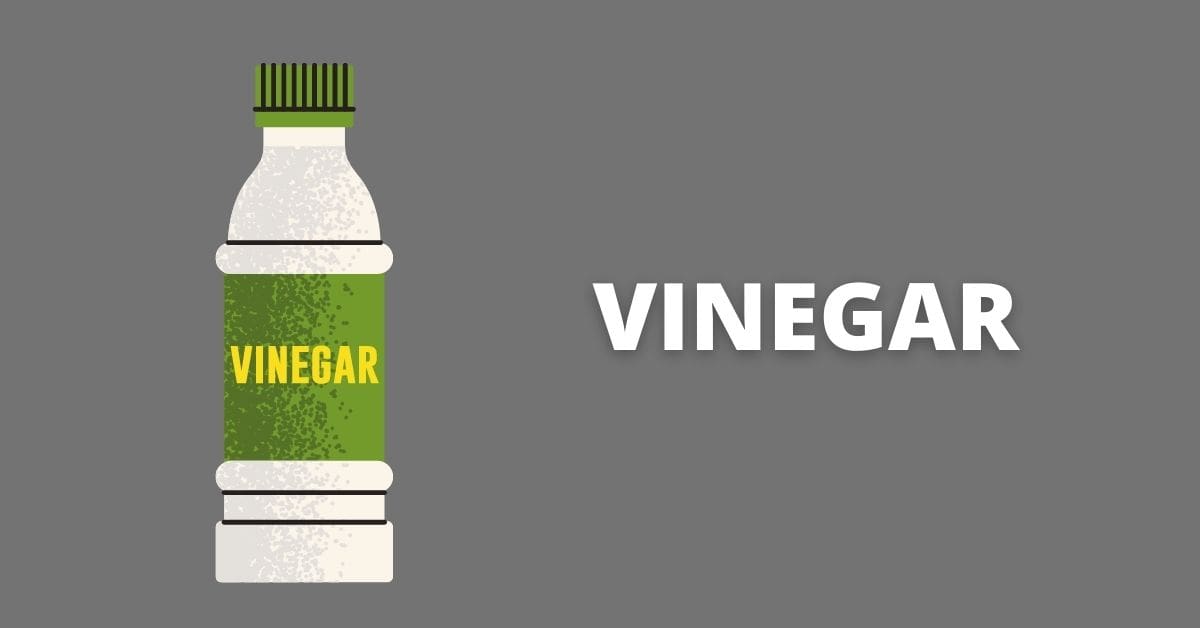
Besides vinegar being famous for being a cooking ingredient, it also makes an excellent cleaning agent because of its acetic acid content. Its acidic property makes it very effective in dissolving dirt and stains, including oil-based stains.
YOU’LL NEED
1- White Vinegar
2- Lukewarm Water
3- Spray Bottle
4- Towel or Sponge
5- Clean cloth
STEPS
Step 1: Prepare a mixture of white vinegar and lukewarm water in a bowl or a spray bottle.
Alternatively, You can also immerse a sponge or a towel in the mix.
Step 2: If you are using a spray bottle, spray the mixture on the stained part of the wall and leave it for several minutes to allow the mixture to dissolve the grease.
The same method applies if you are using a towel or a sponge. Use the towel or sponge to rub the stain on the wall and leave it for a few minutes.
Step 3: After a few minutes, soak a clean cloth in water and wipe off the mixture from the wall. You can repeat the process until there is no visible stain on the wall.
Step 4: When the stain is finally gone, wipe down the wall again, but this time with a dry cloth to ensure there are no residues of the mixture used for cleaning.
Method 4: Cleaning With Cornstarch
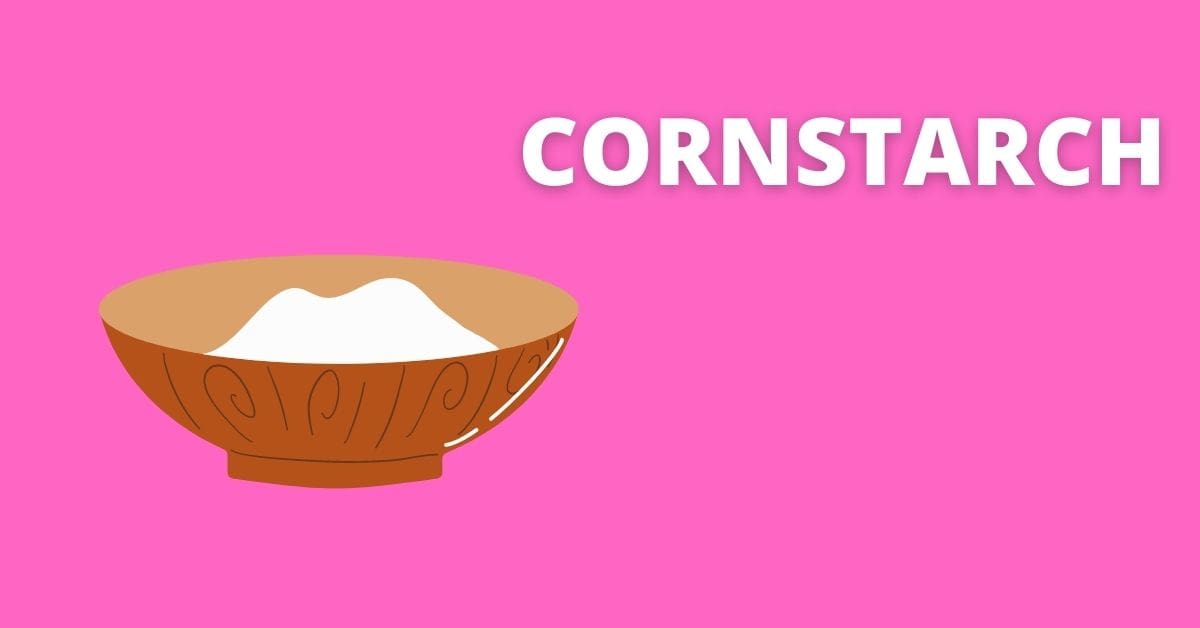
Cornstarch is similar to baking soda because of its abrasive properties, which make it an excellent cleaning agent. The procedure for using cornstarch to clean oil stains from walls is identical to that of baking powder.
YOU’LL NEED
1- Cornstarch
2- Warm water
3-Towel or Sponge
4- Damp cloth
STEPS
STEP 1:Prepare a paste-like mixture of cornstarch and warm water.
STEP 2: Apply the paste on the stained surface with a sponge or towel and leave it for a few minutes.
STEP 3: Get a damp cloth and wipe down the wall’s surface to remove residues of cornstarch left behind.
STEP 4: Repeat the process until the stain disappears.
A quick recap of the methods:
Step 1: Select one out of Baking Soda or Dish soap or White Vinegar and mix it with warm/hot water.
Step 2: After this, apply the mixture to the stained part and leave it for a few minutes to penetrate.
Step 3: Use a clean rag to wipe down the wall to get rid of remnants of the mixture used.
Step 4: Repeat the process until the stain is completely gone.
There are also other effective ways of removing an oil-based stain from the wall; however, the ones discussed above are easy and safe to carry out because they involve the use of household items that are usually readily available.
The other known ways of removing oil stains from the walls involve the use of Ammonia, Trisodium Phosphate, Salt, Borax, and Flour.
Remove Baby Oil or Diffuser Oil From the wall
Since stains left on the wall by baby oil or Diffuser oil are also oil-based stains, you can use white vinegar, baking soda, dish soap, degreaser solution, or cornstarch to get rid of the stains by using the above methods.
How to Remove Oil Stains From Plaster Walls
To remove oil stains from a plaster wall, use these steps:
1- Prepare a mixture of water and dishwashing detergent.
2- Apply the mixture to the wall until the stain disappears.
3- Wipe the wall with a clean cloth.
Removing Oil Stains From Wallpaper
Removing stains from wallpapers can be very tricky because you may end up destroying the wallpaper if you are not careful.
Ensure you read the instructions before applying the bleach to the wallpaper.
For Vinyl or Fiberglass Wallpapers
YOU’LL NEED
Dish soap / Vinegar
Water
Non-abrasive sponge
STEPS
1- Mix a quarter cup of Dish soap or Vinegar with 1 gallon of water.
2- Now, use a soft and non-abrasive sponge to soak up the soapy mixture and wipe the wallpaper with it.
3- Open the windows/doors and let the fresh breeze, dry the wallpaper.
For Natural Fiber or Fabric wallpapers
It is often best to employ the services of professionals.
Common Questions
How to Remove Oil Stains From Flat Paint?
Place any clean absorbent clothing material on the stain and rub a mildly hot iron against the cloth. This process emulsifies the oil, and the fabric soaks the emulsified oil.
Conclusion
The process of oil stain removal from the wall can result in you either having a clean and shiny wall, or a discolored wall. Follow my methods above and get the job done correctly.
Cheers!

